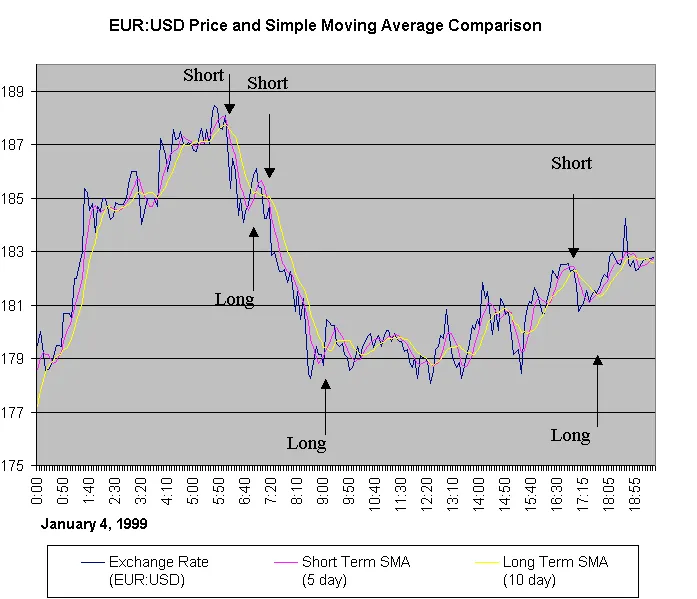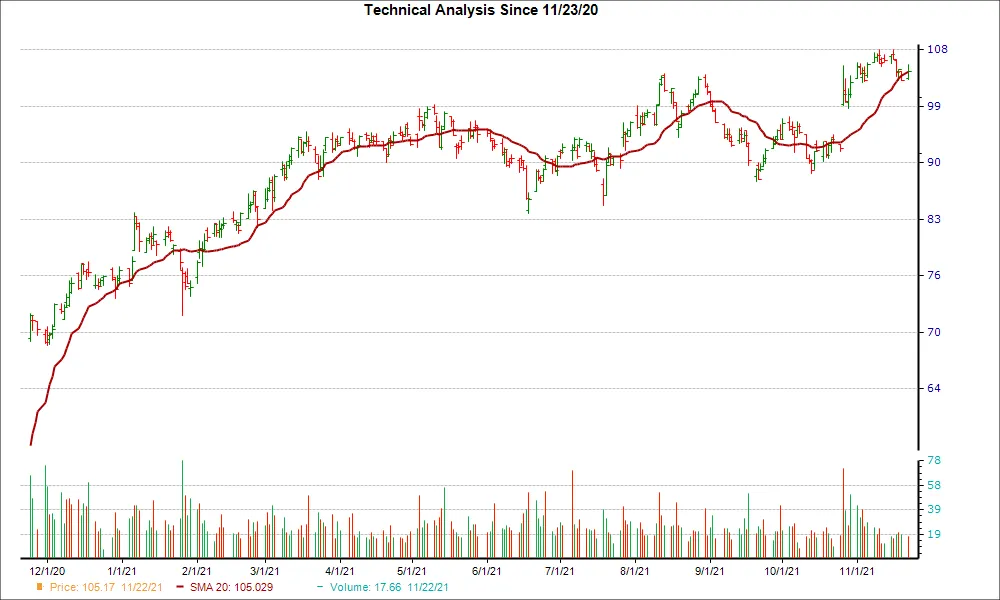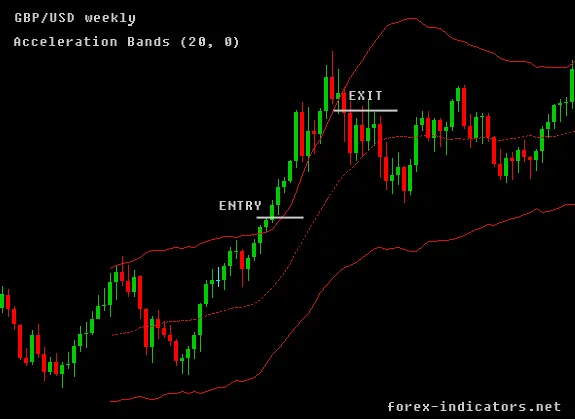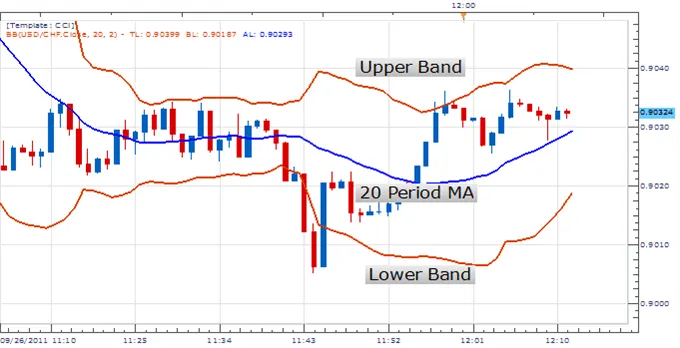Stiffness Strategy
By Samantha Baltodano
TL;DR:
The Stiffness strategy evaluates trend strength by counting how often the price closes above its 100-day moving average. The strategy detects an uptrend if the Exponential Moving Average rises over the last two bars and buys if the Stiffness indicator rises above 90 and sells if it falls below 50 or after 84 bars. The strategy was first created for FAANG stocks (Facebook, Amazon, Apple, Netflix, Google).
What Is the Stiffness Strategy?
The Stiffness strategy, as designed by Markos Katsanos, evaluates trend strength by counting how often the price closes above its 100-day Simple Moving Average during a specific indicator period. The premise is that the less times that price penetrates the moving average, the stronger the trend is, suggesting less erratic prices in the future as well.
The strategy performs a check for uptrend by analyzing Exponential Moving Average (EMA) values. Uptrend is detected if the moving average value of a market index rises over the last two bars.
It also introduces a volatility threshold that excludes minimal penetrations of less than 0.2 standard deviations.
Trade Signals and Default Values
Default Values:
- EMA = 100,
- indicator period = 60,
- buy threshold is 90 and
- sell threshold is 50 OR timed exit of 84 bars
If the premise is to buy when the trend is very strong, then how do we know when it’s strong? Well, it’s got to be above the 100 day EMA for a long time, and it needs to hardly pierce below the EMA. This implies that the trend is relentlessly optimistic and consistently strong. If that goes on for a while, then the trend is powerful and decisive.
The trade signals are as follows:
- If an uptrend is detected and the Stiffness indicator rises above the entry level (90 by default), then buy at the open of the next bar.
- If the Stiffness indicator falls below the exit level (50 by default) or after a specified period finishes (84 bars by default), sell at the close of that bar.
So, in essence, we’re only going long, getting in when the trend is strong, and exiting when the trend slows.
What Assets Does This Indicator Work Best For?
This strategy was first created specifically for FAANG stocks. FAANG is an acronym that refers to the stocks of five prominent American technology companies: Meta (META) (formerly known as Facebook), Amazon (AMZN), Apple (AAPL), Netflix (NFLX); and Alphabet (GOOG) (formerly known as Google).
As such, it was created to take advantage of hard charging, hard trending stocks.
So, does it work for other assets like forex or crypto? Maybe, but it was not created for this. That’s because different assets trend differently.
It’s important to conduct the appropriate backtests and stress tests to ensure this strategy performs well on your chosen financial asset and symbol.
Limitations
Waiting for a stiff trend diminishes profits. That’s because it requires that the trend has already started and made a considerable upward headway before you buy in. This is a more conservative approach.
The point being that you have full confidence there is already a consistent upward trend and that the trend will continue into the future. So naturally, buying in later decreases your profit margin.
That said, you may consider ways to customize the strategy and make it better.
Another limitation is that, again, this strategy was created specifically for stocks. Be sure you run the appropriate tests to ensure it works well with your chosen asset.
Test The Stiffness Strategy
Great news!
You can back test this exact strategy on historical data for any of your favorite symbols using TradingView.
This strategy has already been built and all you have to do is log in and take it for a spin. You can access this indicator here.
If you’re new to back testing and to TradingView, don’t worry. I created a step-by-step guide you can follow to begin testing the Stiffness Strategy.
Summary
- The Stiffness strategy evaluates trend strength by counting how often the price closes above its 100-day Simple Moving Average during a specific indicator period.
- The strategy performs a check for uptrend by analyzing Exponential Moving Average (EMA) values and includes a volatility threshold to exclude minimal penetrations.
- The strategy was first created for FAANG stocks and may work for other assets like forex or crypto, but it is important to conduct backtests and stress tests to ensure performance.
- Limitations of the strategy include that it diminishes profits by waiting for a stiff trend and it was created specifically for stocks, so caution should be taken when applying it to other assets.
Stiffness is just one of many strategies that Archaide automates. For a full list of strategies and studies available click here.
Like what you read? Check out the rest of our content!




